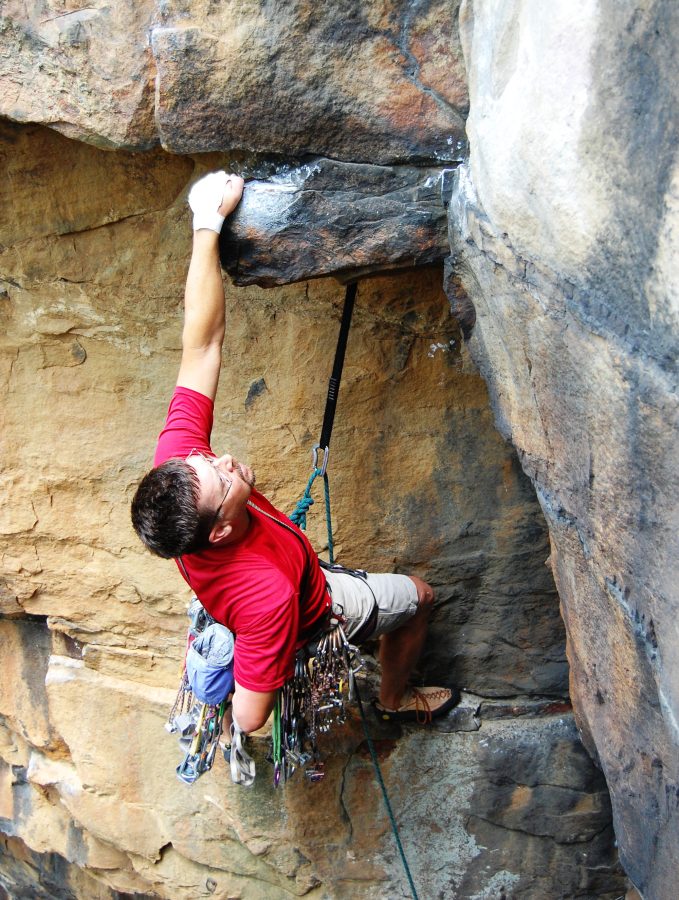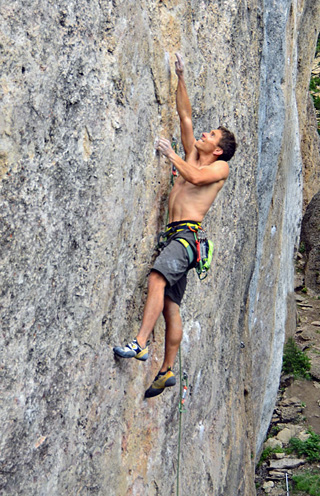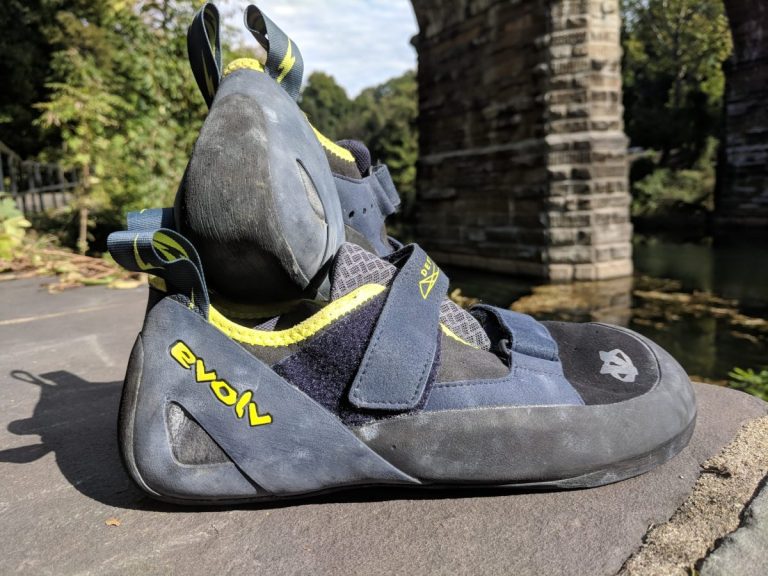what is trad climbing
Introduction to Traditional Free Climbing
Traditional free climbing, often referred to as “trad” climbing, is a style of rock climbing that emphasizes adventure, self-reliance, and a strong connection to the natural environment. In this comprehensive guide, we’ll explore the history, key principles, essential gear, and techniques associated with this exhilarating sport.
History of Traditional Free Climbing
The roots of traditional free climbing can be traced back to the early 20th century when climbers sought to conquer rock faces without relying on artificial aids. This style of climbing gained popularity in the mid-20th century as climbers began to push the boundaries of what was considered possible on rock. Iconic climbers like Royal Robbins and Yvon Chouinard played pivotal roles in developing and promoting traditional free climbing ethics and techniques.
Key Principles of Traditional Free Climbing
Ethics and Leave No Trace
Trad climbing is heavily grounded in a set of ethics that prioritize environmental stewardship and minimal impact on the rock. Climbers strive to “leave no trace” by using removable protection devices, avoiding the use of fixed anchors, and refraining from altering the rock in any way.
Safety and Self-reliance
Traditional free climbing demands a high degree of self-reliance, as climbers must be prepared to assess and manage the risks associated with climbing on natural rock features. This includes the ability to select and place appropriate protection devices, as well as the skill to self-rescue in emergency situations.
Adventure and Freedom
One of the most appealing aspects of traditional free climbing is the sense of adventure and freedom it offers. Trad climbers embrace the unknown, choosing to navigate complex rock formations with only their skills, gear, and intuition to guide them.
Essential Gear for Traditional Free Climbing
Protection Devices
Protection devices, or “pro,” are critical pieces of gear that trad climbers use to create temporary anchor points in the rock. Common types of protection include nuts, hexes, and spring-loaded camming devices (SLCDs), also known as “cams.”
Carabiners
Carabiners are metal loops with a spring-loaded gate that climbers use to connect various components of their climbing system. They come in various shapes and sizes, with specific designs suited for different applications in trad climbing.
Ropes
Dynamic climbing ropes are designed to absorb the energy of a fall, minimizing the impact on both the climber and the gear. Single ropes, half ropes, and twin ropes are all used in traditional free climbing, depending on the specific needs of a given climb.
Harnesses
Climbing harnesses provide a comfortable and secure attachment point between the climber and the rope. Harnesses designed for trad climbing typically feature multiple gear loops and adjustable leg loops for optimal comfort and gear organization.
Helmets
Helmets are essential safety gear for trad climbers, providing protection from falling rocks and debris, as well as cushioning the impact in the event of a fall. Choose a lightweight, well-ventilated helmet that fits securely and comfortably.
Climbing Shoes
Specialized climbing shoes are crucial for providing the necessary traction and sensitivity on the rock. Trad climbing shoes should offer a balance between comfort and performance, as climbers often spend extended periods of time on the rock.
Techniques and Strategies
Route Finding
One of the most critical skills in traditional free climbing is route finding, which involves identifying the most efficient and secure path up the rock face. This skill requires a keen eye for detail and an understanding of how different rock features can be used for progress and protection.
Crack Climbing
Crack climbing is a fundamental technique in trad climbing, as cracks often provide the most secure and reliable features for both handholds and protection placements. Climbers use a variety of techniques, such as jamming, to secure their hands and feet in the crack, while also placing protection devices to minimize the risk of a fall.
Face Climbing
Face climbing involves ascending the rock face using smaller holds and features such as edges, pockets, and flakes. Balance, precision, and good footwork are essential for success in face climbing. It often requires creative problem-solving and a dynamic approach to movement.
Traditional Climbing: The Roots
Trad climbing, as the name implies, was the way climbing was always done until relatively recently. It’s the climbing that predates the advent of sport climbing, which introduced pre-bolted routes. Interestingly, trad climbing was simply known as climbing before sport climbing emerged, necessitating the differentiation between the two.
Sport Climbing’s Influence
Sport climbing marked a departure from traditional climbing by focusing primarily on physical challenges and reducing the mental aspects involved. As sport climbing gained popularity, the term “trad climbing” emerged as a way to distinguish the older style that required climbers to carry and place their own protection.
Comparing Trad and Sport Climbing
The distinction between trad and sport climbing is not just in the name. It involves fundamental differences in approach, mindset, and equipment. Sport climbing tends to emphasize physical prowess, with climbers clipping into pre-placed bolts along the route. In contrast, trad climbing is more of a mental game, involving the placement of protection such as chocks and camming devices in cracks.
The Role of Protection
Protection, often referred to as “pro,” forms the core of trad climbing. This gear ensures the climber’s safety by preventing potential falls. There are two main types of pro: passive and active.
Passive Pro: Chocks and Nuts
Passive protection includes chocks, nuts, and tapers. These are wedged or jammed into cracks in the rock, creating secure anchor points. Chocks come in two primary forms: wedges and cams. Wedges are tapered metal pieces on wires, while cams are more rounded and can be twisted or rocked into position.
Active Pro: Camming Devices
Active protection involves camming devices, commonly known as “Friends.” These spring-loaded devices have curved cams that expand and wedge into cracks when the trigger is released. This provides a secure anchor point that can withstand significant force.
Additional Gear and Equipment
In traditional climbing, climbers also use slings and carabiners to secure the rope to protection points. This means carrying a range of gear, including pro, slings, carabiners, and materials for constructing belay anchors at the top of a pitch.
Learning the Art of Trad Climbing
Before embarking on traditional climbing, thorough training is essential. Finding an experienced instructor is paramount to understanding proper placement of protection and creation of secure anchors. Practical experience is invaluable, allowing climbers to develop confidence in using different types of pro.
Conclusion
Traditional free climbing is a captivating and rewarding style of rock climbing that allows climbers to experience the true essence of adventure and self-reliance. With a strong foundation in ethics, a comprehensive understanding of gear and techniques, and a commitment to safety and environmental stewardship, trad climbers can embark on unforgettable journeys up the rock, embracing the challenges and joys that come with this unique pursuit.
FAQs
Q1: What is the difference between traditional free climbing and sport climbing?
A1: The main difference between traditional free climbing and sport climbing lies in the approach to protection. Trad climbers use removable protection devices like nuts, hexes, and cams, while sport climbers rely on pre-placed, permanent bolts. Traditional free climbing also places a stronger emphasis on adventure, self-reliance, and environmental ethics.
Q2: Can beginners try traditional free climbing?
A2: Yes, beginners can try traditional free climbing, but it is essential to learn from experienced climbers or take a course from a certified instructor. Trad climbing requires specific skills and knowledge to ensure safety and minimize environmental impact.
Q3: How can I improve my trad climbing skills?
A3: To improve your trad climbing skills, practice placing and removing protection devices on the ground or on top-rope climbs, work on your crack and face climbing techniques, and learn from experienced climbers. It’s also helpful to read books, watch instructional videos, and take advanced climbing courses.
Q4: What kind of rock is best for traditional free climbing?
A4: Traditional free climbing can be done on various rock types, but some of the most popular include granite, sandstone, and limestone. The quality and features of the rock can greatly impact the climbing experience and the type of protection that can be used.
Q5: Is traditional free climbing dangerous?
A5: Traditional free climbing does involve inherent risks, but these risks can be managed and minimized through proper training, sound decision-making, and the use of appropriate gear and techniques. It is essential for trad climbers to be self-reliant and prepared for various scenarios that may arise on the rock.


